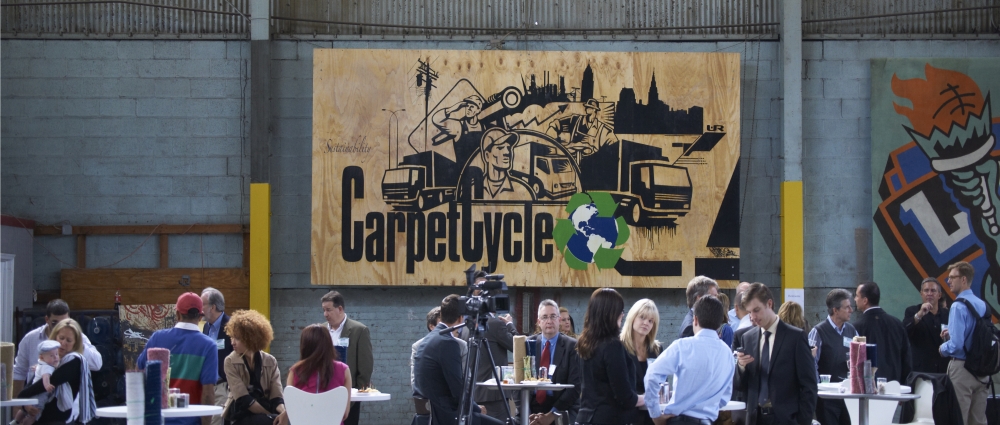News & Stories
IoT and Smart City Trends Boost Smart Waste Collection
Waste collection is an essential city service. Ample opportunity exists worldwide for smart technology to increase efficiency and improve the quality of waste collection services.
Currently, most municipal waste collection operations focus on emptying containers according to predefined schedules. This is inevitably inefficient, with half-full bins being emptied, poor use of city assets and unnecessary fleet fuel consumption.
However, smart waste collection solutions on th market track waste levels and provide route optimization and operational analytics. Municipalities and waste service managers are realizing that these solutions can help them meet sustainability goals, improve services for residents and reduce operational costs.
A common set of elements found in most smart waste collection systems includes: sensors that monitor fil level and other indicators such as temperature and tilt within waste containers, a communication node to transport data and a software suite for accessing, managing and analyzing that data.

Although the smart waste collection technology sector is still in an early phase, these Internet of Things (IoT) engables smart bins and sensors are gaining traction globally. According to the Navigant Research Smart Waste Collection report, that market is expected to grow fom $57.6 million in 2016 to over $223.6 million in 2025 at a 16.3% compound annual growth rate.
The wide availability of commercially viable technologies and associated benefits - including operational cost reductions and improved environment and health safety will drive market growth. A push for integrated smart city applications and Iot technologies is expected to accelerate this trend.
By Christina Jung (Greenbiz)



